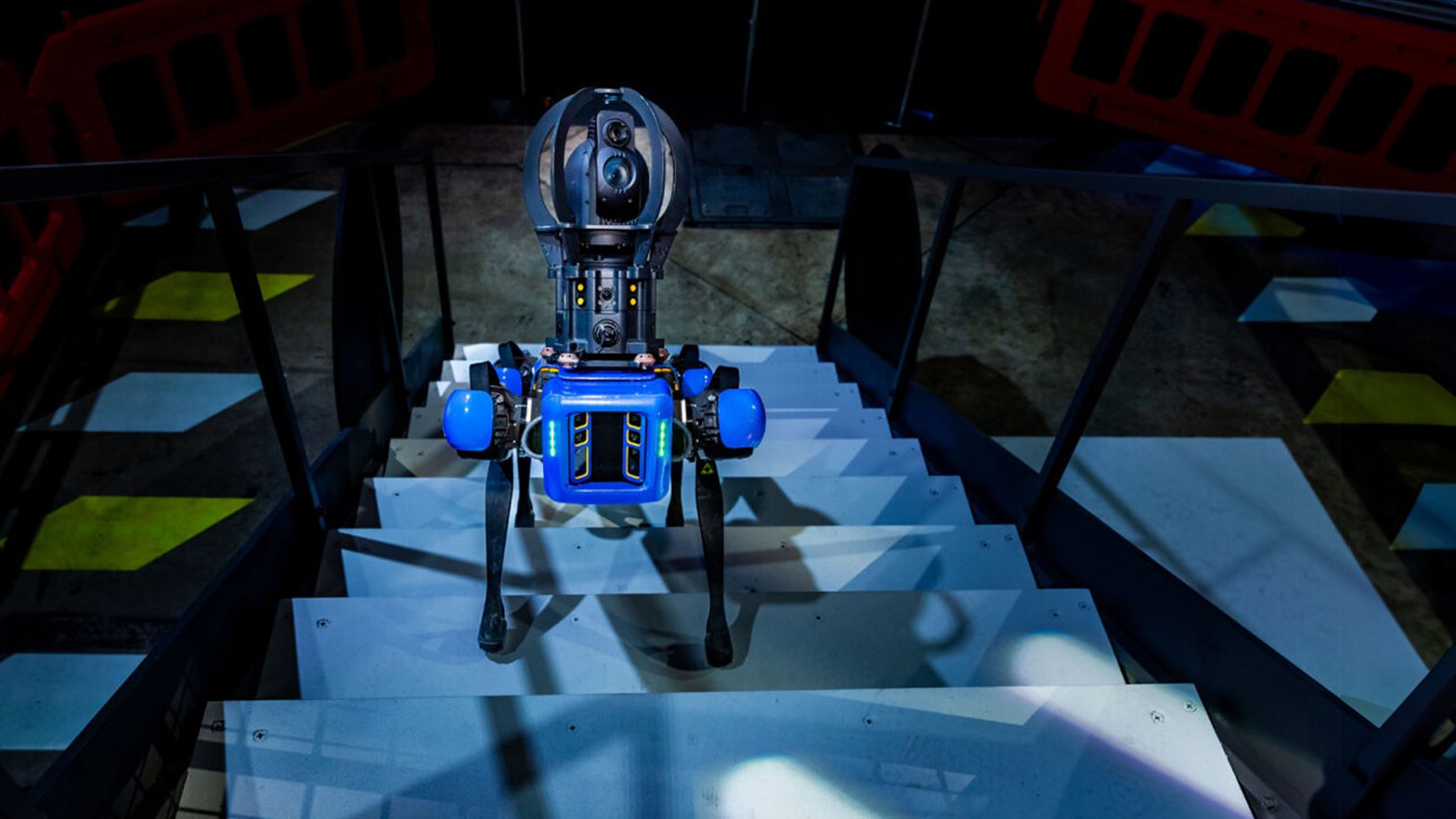8 Examples of Drones and Robotics Impacting the Energy Industry
/The energy industry is undergoing a technological transformation with the integration of drones and robotics, significantly enhancing operational efficiency, safety, and sustainability. From oil and gas operations to utility inspections, these advanced systems are redefining traditional methods and paving the way for a more resilient future. This article explores several key examples of how innovative robotic solutions are making a tangible impact across various sectors of the energy industry.
Spot Bots at Chevron
From Chevron
Chevron has been employing Boston Dynamics' Spot robots in its oil and gas operations for several years. These robots—equipped with various sensors like thermal cameras, acoustic leak detectors, gas detectors, and LIDAR—assist in operations, safety, and inspections.
The robots can perform automated routes and gather data continuously, enhancing monitoring and asset inspection. Chevron also uses LIDAR scanning with Spot to create digital twins of sites and conduct before-and-after scans during major equipment changes, improving the speed and accuracy of data collection.
Sky High Drones in Utilities
Drones are revolutionizing the utility industry by enhancing efficiency, safety, and cost-effectiveness. They are used for infrastructure inspections, leveraging high-resolution cameras, LiDAR sensors, and thermal imaging for precise assessments.
Examples from companies like PG&E and NYPA show how drones improve operational efficiency and reliability. Evaluating the return on investment for drone programs involves considering both costs and benefits, with long-term advantages often justifying the initial expenses.
Industry experts emphasize drones' benefits in precise data acquisition and scaling operations. As technology and regulations evolve, drones are becoming crucial in ensuring the reliability and sustainability of utility infrastructure.
Want more of the latest use cases from energy, industrial asset owners? Plus hear about their latest projects? Then grab a Summit on Demand Pass today for just $99 and get all of the sessions from this year’s Summit! Gain immediate access now!
Exxon Emissions
ExxonMobil, in its 2024 Advancing Climate Solutions Report, highlights its commitment to reducing methane emissions as part of its broader sustainability agenda. Acknowledging methane's significant contribution to climate change, the company has embarked on a multifaceted approach focusing on detection, measurement, and mitigation strategies.
Leveraging advanced technology such as infrared cameras, drones, and satellite-based systems, ExxonMobil aims to enhance its ability to detect and monitor methane emissions across its operations. The company's investment in initiatives like COMET, a central alert system for methane emissions monitoring, underscores its dedication to real-time detection and mitigation efforts.
The Nuclear (Cleanup) Option
Various robots—including remote-controlled manipulators, autonomous drones, crawling and climbing robots, and underwater robots—are being used in nuclear facilities to navigate hazardous environments, access confined spaces, survey contaminated areas, and perform intricate tasks with exceptional accuracy.
Case studies from nuclear sites globally demonstrate the practical benefits of these technologies. Robots have been vital in mapping, inspection, and debris collection, improving safety, and speeding up cleanup operations.
Despite existing challenges, ongoing research and development are focused on enhancing robot capabilities to ensure their effectiveness in extreme conditions. This fosters a safer and more sustainable approach to managing nuclear facilities worldwide.
Robot Systems for Oilfield Safety
Various robotic systems are used in oil rigs, refineries, and pipelines for routine inspections and other tasks. These systems aim to reduce human exposure to hazardous environments, minimize operational shutdowns, and enable early issue detection through frequent assessments.
Although the widespread adoption of these technologies is still emerging, progressive oil and gas companies are recognizing their potential benefits. They are leading the way toward a future where humans and robots collaborate seamlessly to ensure a safer and more sustainable industry.
Robots’ Role in Sustainability
In a recent Energy Evolution podcast, Troy Demmer of Gecko Robotics and Gilman Callsen of Rho Impact discussed using robots in power plant inspections to enhance sustainability.
Key Points:
Efficiency and Safety: Gecko Robotics' robots perform efficient, safe inspections, reducing human intervention and enabling preventative maintenance. This boosts operational efficiency and reduces emissions.
Sustainability: Well-maintained power plants reduce emissions. A 1% improvement in thermal efficiency cuts emissions by 3%, aiding global reduction targets.
Data Science: Rho Impact uses data science for actionable insights in emission reduction. Traceable data supports informed decision-making and intervention impact measurement.
Infrastructure Improvement: Enhancing current fossil fuel infrastructure yields immediate emission reductions, balancing the transition to renewables.
Standardization: Clear methodologies for emissions accounting are crucial. As companies aim for net-zero, data-driven solutions and robotics are key.
Benefits of BVLOS
Percepto, a provider of autonomous inspection solutions, received a nationwide BVLOS waiver allowing their drones to operate beyond visual line of sight in shielded airspace without on-site personnel or expensive DAA systems.
The BVLOS waiver eliminates the need for radar or ground observers, significantly reducing costs and allowing companies to expand drone programs. This results in substantial savings, improved safety, and more efficient operations.
Koch Ag and Energy has been using Percepto's drones for several years for tasks like inspections and security rounds, reducing human exposure to dangerous work. The Enid, Oklahoma, facility benefitted from autonomous drones during a polar vortex, enabling faster and safer infrastructure inspections.
Pipeline Patrol Progress
Chevron and American Aerospace Technologies (AATI) are the first to receive FAA approval to use uncrewed aircraft systems (UAS) for pipeline surveillance in airspace shared with crewed aircraft. Chevron plans to use the AiRanger for monitoring pipelines in California's San Joaquin Valley.
The new AATI AiRanger can fly longer distances, provide real-time threat reports, and reduce reliance on human operators prone to fatigue. It uses AI and machine learning to enhance its performance and detect potential issues. Plus, it’s more fuel efficient and emits less carbon than manned aircraft.
Want event more more of the latest use cases from energy, industrial asset owners? Don’t forget to grab your Summit on Demand Pass today for just $99 and get all of the sessions from this year’s Summit! Gain access to the videos now!



